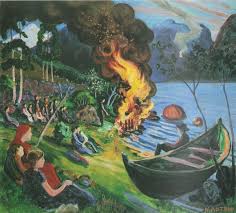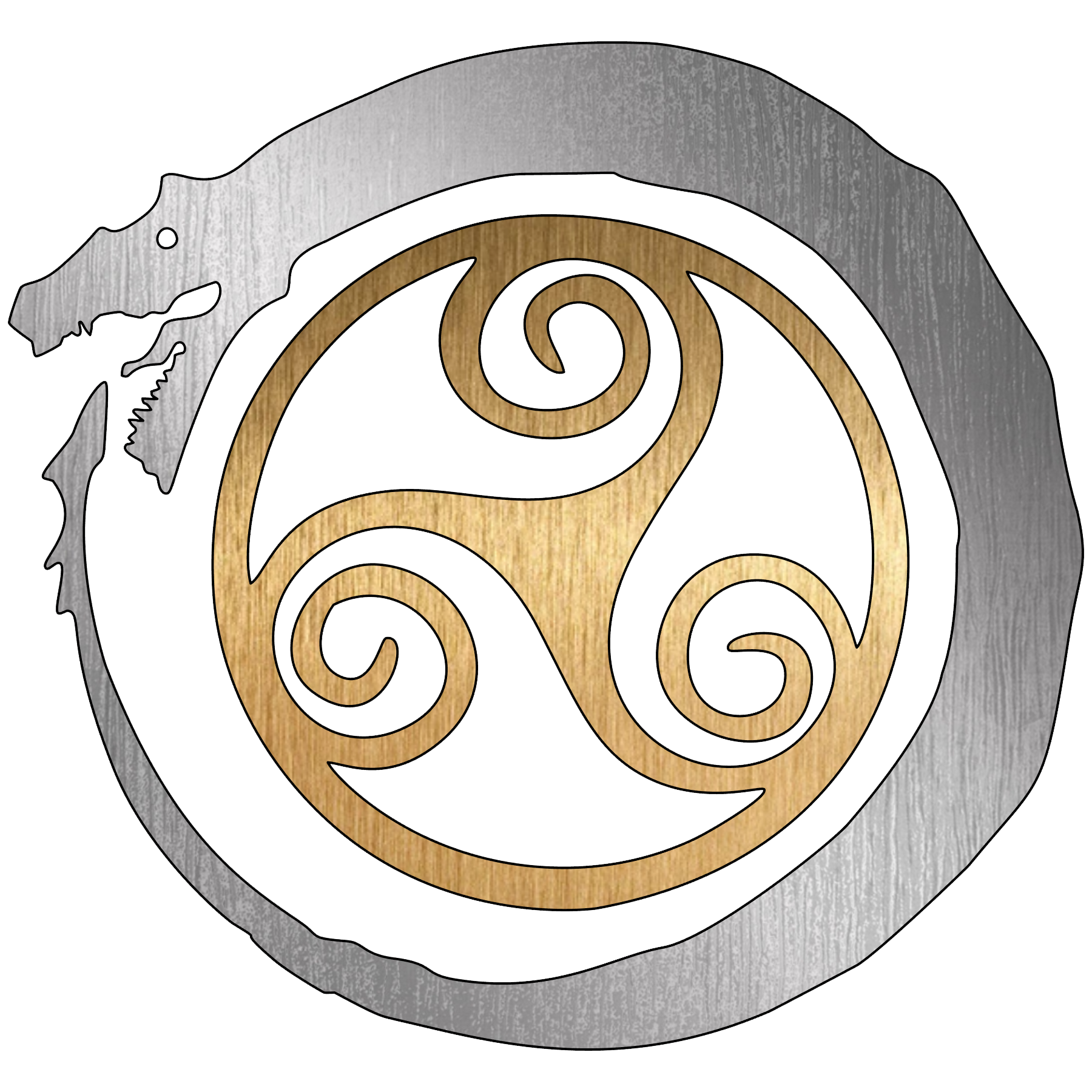Midsummer, a sacred day in Norse pagan/heathen culture, marks the zenith of the sun’s power and the longest day of the year. Stemming from ancient traditions, it holds deep significance as a time of abundance, fertility, and celebration. As the summer solstice, Midsummer has been observed for centuries by various cultures, honoring the cycle of nature and the blessings of the sun. Many celebrate this event on the longest day, or the day of the solstice, but some regions have a set day of celebration, such as the Danes, who celebrate it on June 23rd every year.
Activities and traditions associated with Midsummer abound, offering a rich tapestry of rituals to partake in. Lighting bonfires is a cornerstone of the celebration, symbolizing the triumph of light over darkness and serving as a communal gathering point for feasting, storytelling, and merriment. Crafting and wearing flower crowns or wreaths is another cherished custom, paying homage to the vibrant flora of the season and invoking the fertility of the earth. Gathering herbs and flowers during Midsummer Eve is believed to imbue them with potent magical properties, making it an auspicious time for herbalists and practitioners of natural magic. Additionally, traditional dances around the maypole evoke themes of fertility and unity, weaving ribbons in intricate patterns as a symbol of interconnectedness and the cyclical nature of life.
Now is the time to embrace the spirit of Midsummer and join in the festivities! Let us come together to honor the sun, the earth, and the ancient traditions of our ancestors. Whether you gather with loved ones around a bonfire, weave flower garlands in the meadows, or simply take a moment to bask in the warmth of the sun, let us celebrate Midsummer with reverence and joy. Join the chorus of voices echoing through the ages, as we herald the peak of summer and the abundance of nature. Happy Midsummer to all!


No responses yet